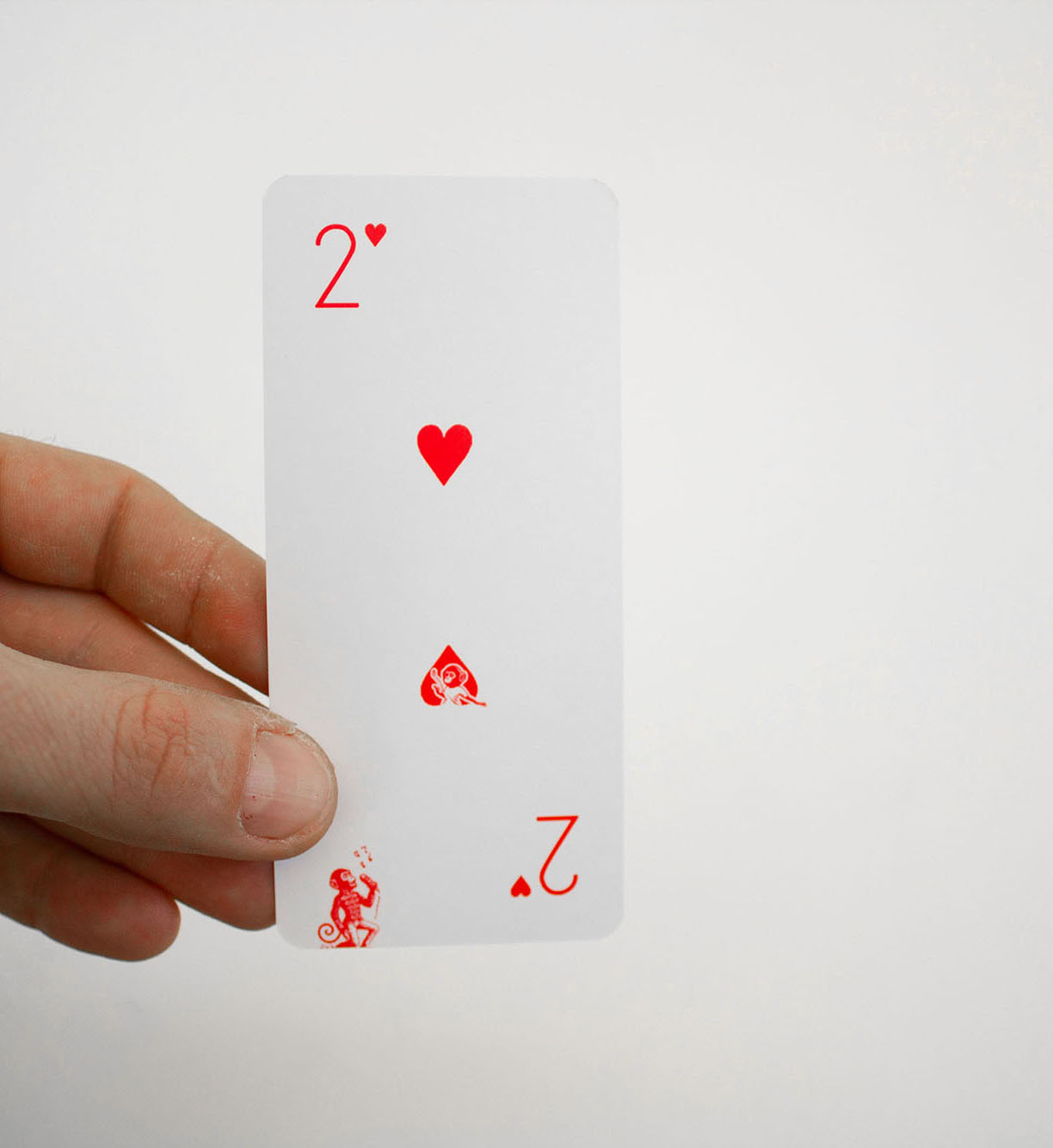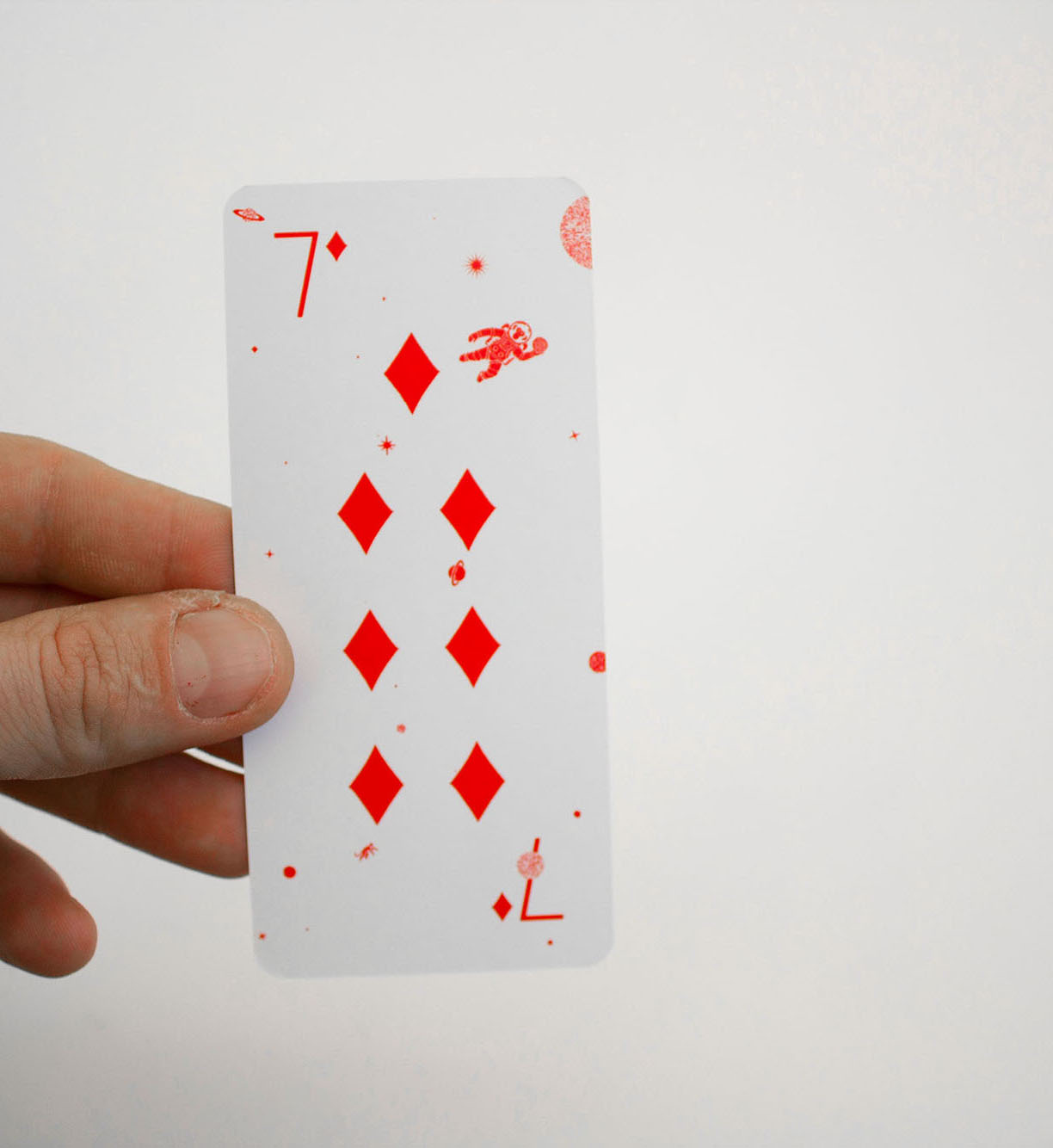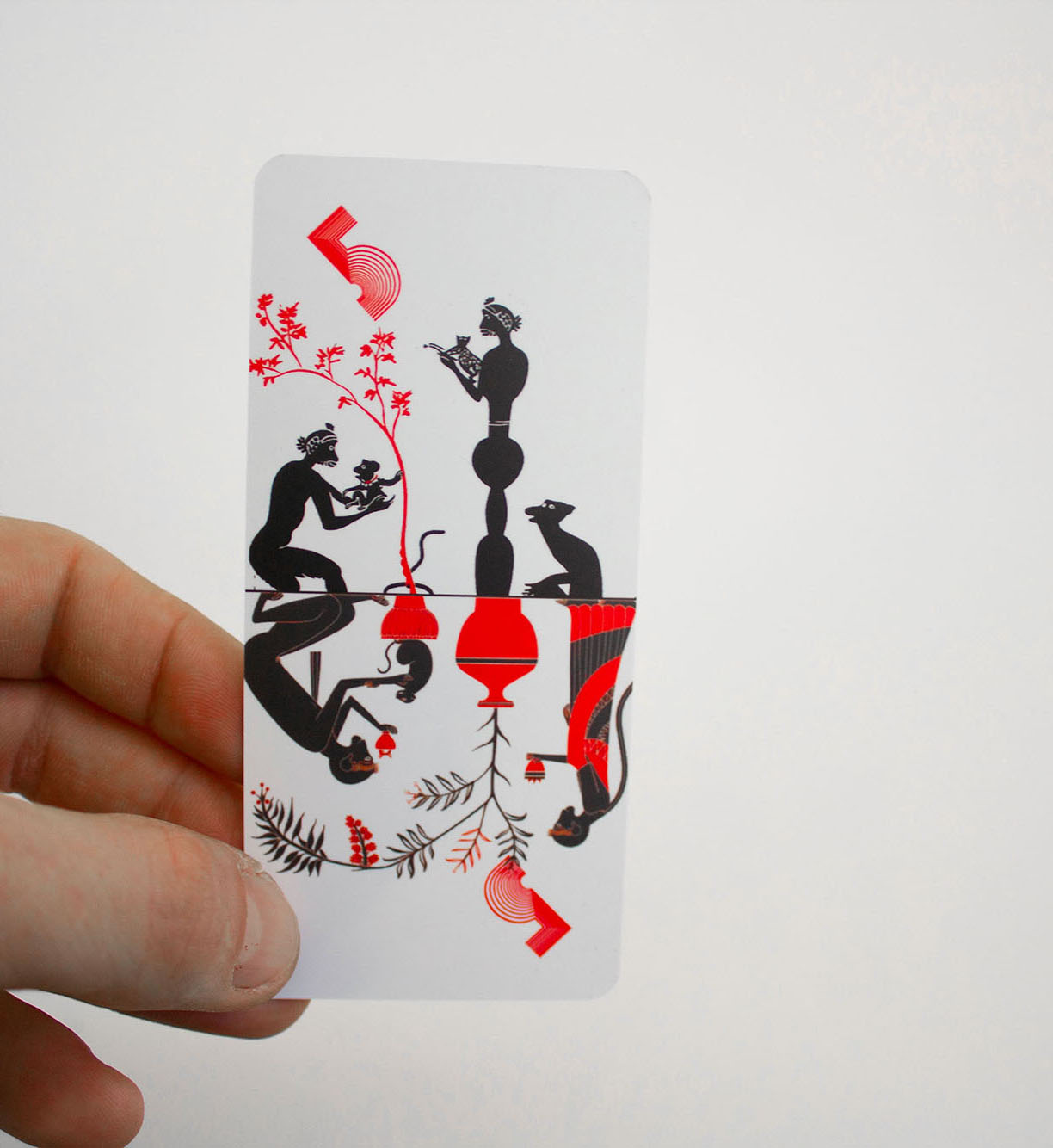
The origin of playing cards as we know them today is lost in the mists of time. Most likely — as with many inventions — they came from China, and appeared in Europe at the end of the 14th century, initially in aristocratic circles, particularly in France and Italy. The 15th century brought printing, standardization, and the spread of playing card use.

Italian cards seem to be the oldest. In this version, a deck of 40 cards is divided into four suits: Swords (Spade), Cups (Coppe), Coins (Denari), and Clubs (Bastoni). As is often the case in games, such objects serve as vehicles for broader symbols connected to society or spirituality. Originally, in the Italian deck, Swords symbolized the nobility, Cups represented the clergy, Coins the merchants, and Clubs the peasants.
The original Tarot deck uses these same suits along with an additional set of 22 cards. These extra cards featured elaborate illustrations representing allegorical concepts (such as the Sun, the Moon, Death, Justice, etc.), giving the game symbolic and narrative depth.

It was in northern France during the 16th century that these suits, partly for ease of printing, became respectively Spades, Hearts, Diamonds, and Clubs. The Tarot deck would eventually adopt these more modern suits, with the Major Arcana becoming the Trumps, representing scenes from everyday life across various social classes.
Besides being an extremely entertaining and stimulating game, traditional card games reflect the projections of our social organization and power dynamics. With a keen eye for pointing out the fundamentally animal nature of humans, this creative game consisted of redesigning the Tarot cards, replacing compositions, typography, and illustrations. Here, although inspired by the classic Ducal version of the deck, the illustrations depict all monkeys — great apes indulging in the games of life and power.
Typography and compositions are by Stefano Alaimo, while the card illustrations are recompositions of fragments of images generated by Artificial Intelligence.
























